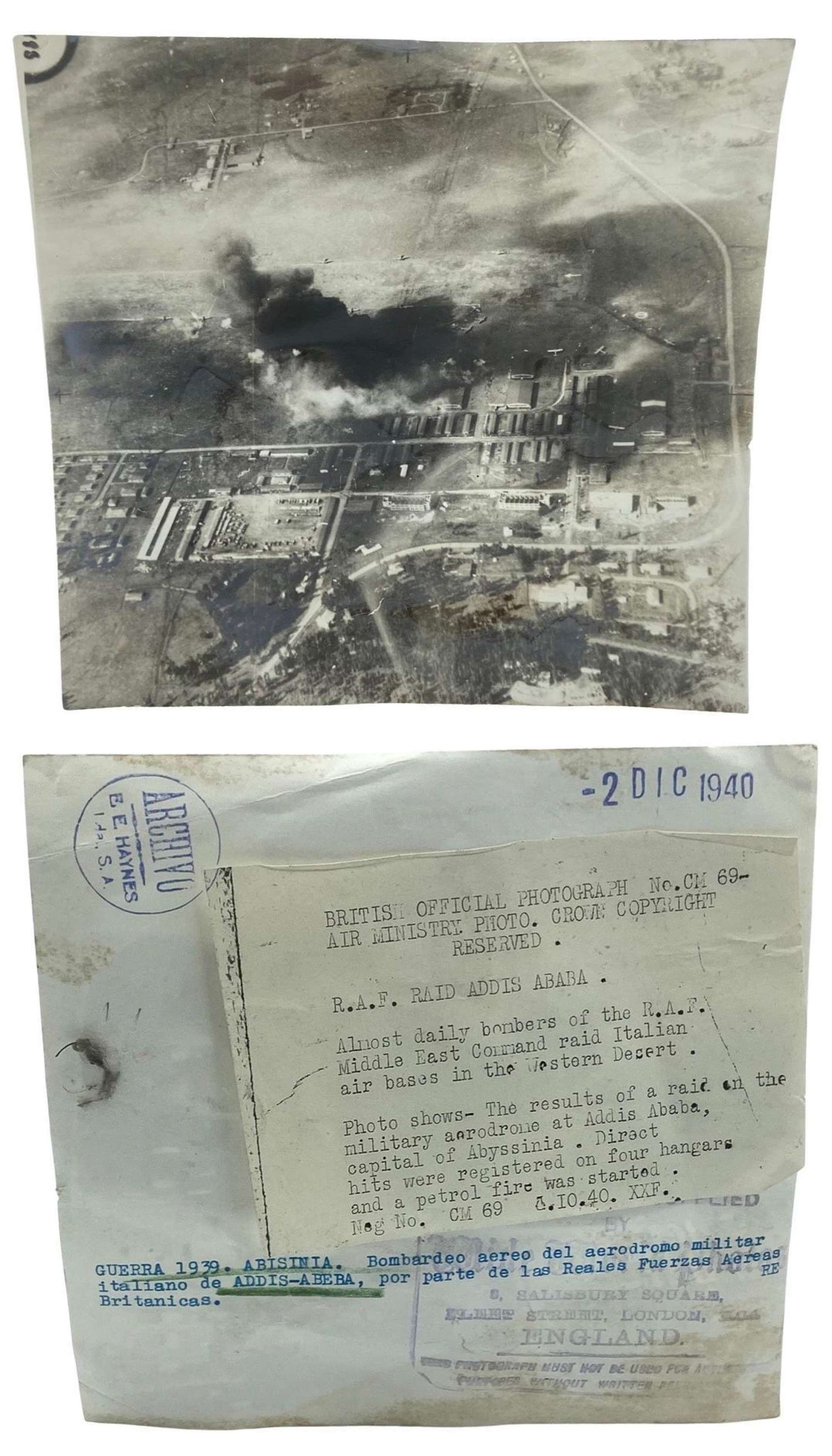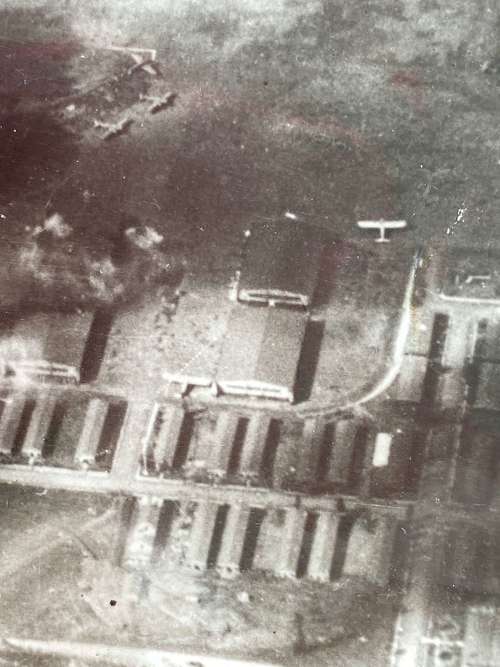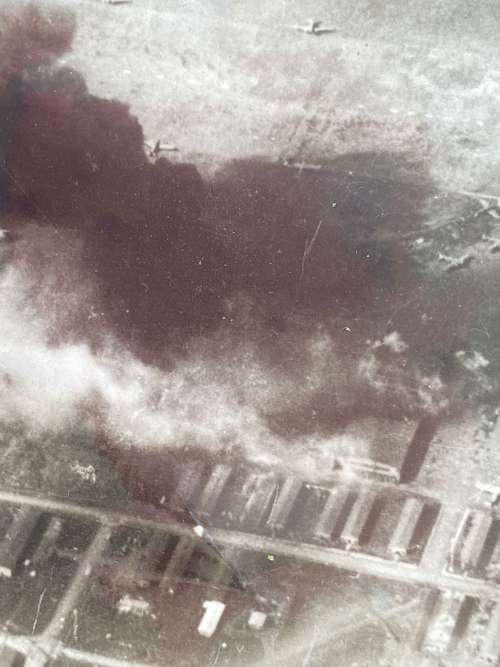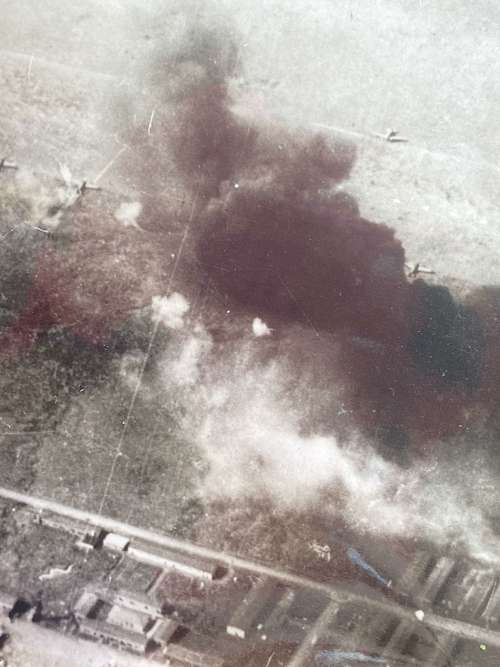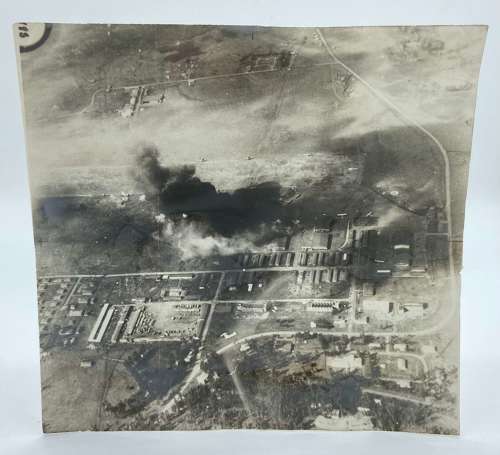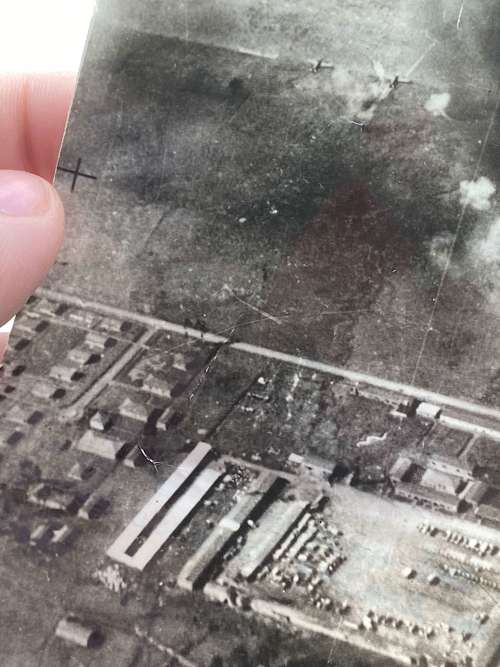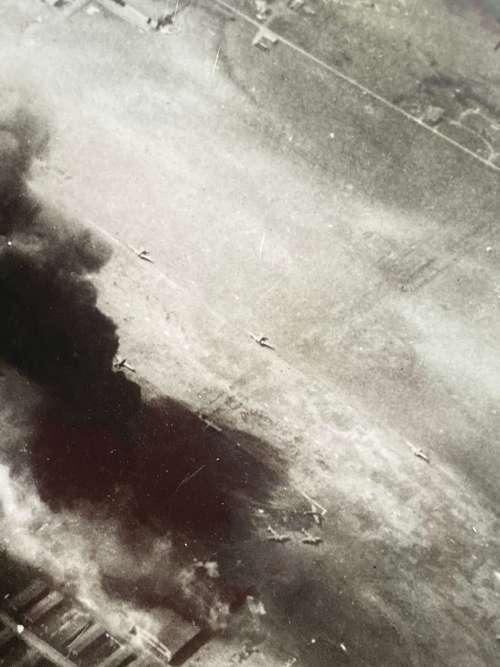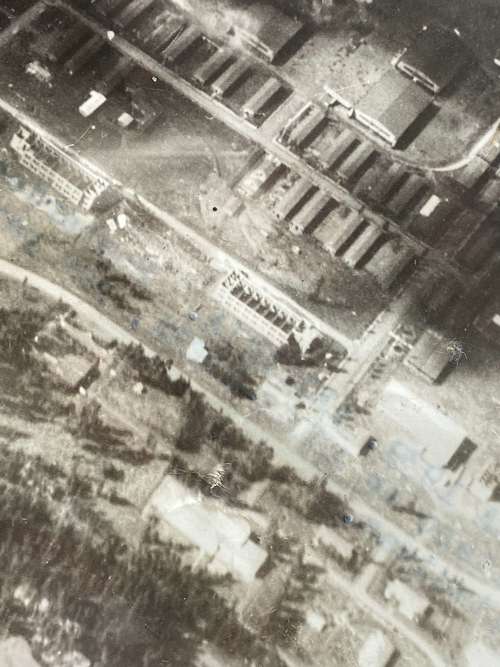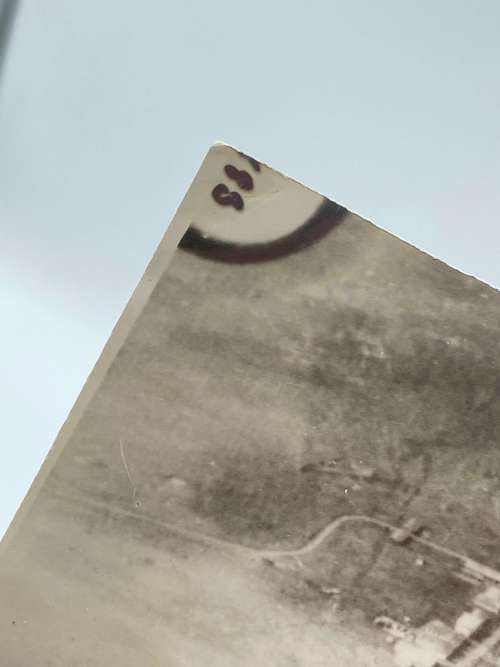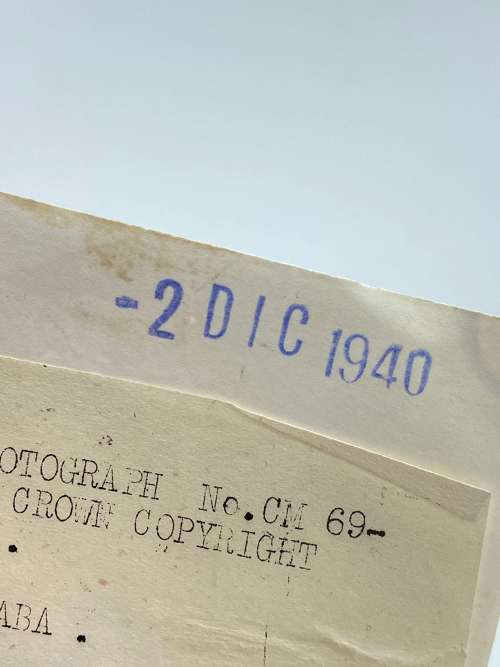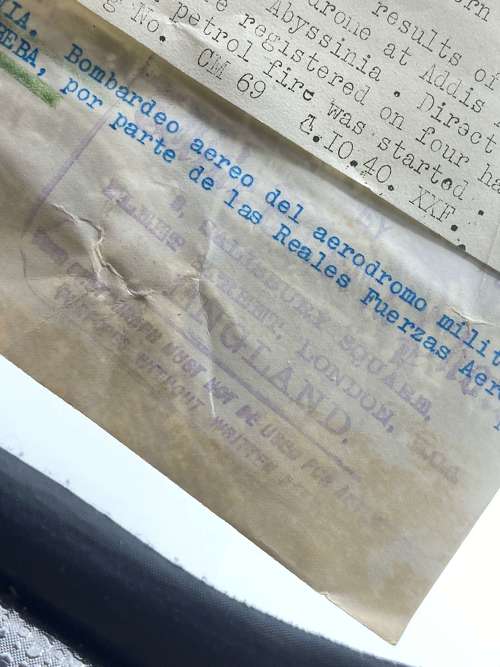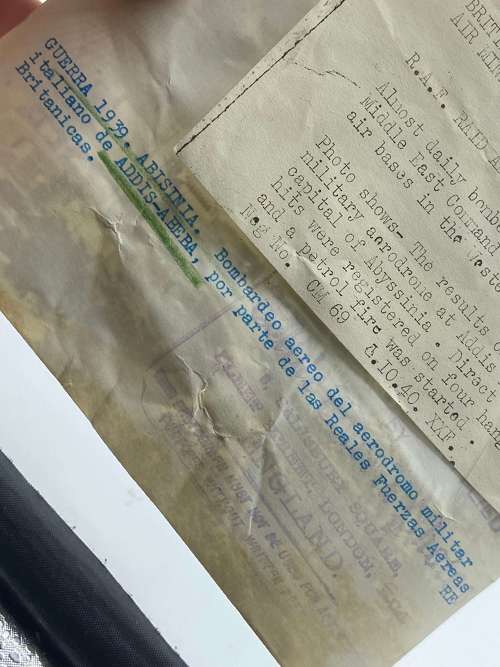WW2 British Ariel Photograph RAF Raid Bombing Addis Ababa Airfield
SOLD
Although this item has been sold, we have a range of similar items that may be of interest to you.
View similar items
Delivery Quote Request
Please fill in the form below to request a delivery quote from Atlas Antiques.
Contact Atlas Antiques
 Dorset, United Kingdom
Dorset, United Kingdom
Simply fill in the below form to get in touch with Atlas Antiques regarding this item.
About this item
For sale is an extremely Rare WW2 British RAF Ariel Photograph showing “the result of a raid on the military aero dome at Addis Ababa, Capital of Abyssinia on the 4th October 1940. There is digital scan of this Ariel photograph in the imperial war museum. This is an original piece.
The back of the photograph has a statement in English stating: “British Official Photograph No.Cm 69 Air ministry photo Crown copyright reserved. R.A.F Raid Addis Ababa. Almost daily bobbers if the R.A.F Middle East command raid Italian air bases in the western desert. Photo shows the result of a raid on the military aerodrome at a Addis Ababa, capital of Abyssinia. Direct hits were registered on four hangers and a petrol fire was started neg no cm69 4.10.40 XXF.” The back of the photograph is also marked: “-2 Dic 1940” “Archivo E.E Haynes 1 da.S.A” “Guerra 1939. Abisinia. Bombardeo aereo del aerodrome militar Italiano de Addis-abeba, por parte de las reales fuerzas aereas britanicas”. Which translates to “War 1939. Abyssinia. Aerial bombardment of the Italian military airfield in Addis-ababa, by the Royal British Air Force”. There is also a fainter stamp in purple which is difficult to make out! Background History on the East African campaign: The East African campaign (also known as the Abyssinian campaign) was fought in East Africa during the Second World War by Allies of World War II, mainly from the British Empire, against Italy and its colony of Italian East Africa, between June 1940 and November 1941. The British Middle East Command with troops from the United Kingdom, South Africa, British India, Uganda Protectorate, Kenya, Somaliland, West Africa, Northern and Southern Rhodesia, Sudan and Nyasaland participated in the campaign. These were joined by the Allied Force Publique of Belgian Congo, Imperial Ethiopian Arbegnoch (resistance forces) and a small unit of Free French. Italian East Africa was defended by the Comando Forze Armate dell'Africa Orientale Italiana (Italian East African Armed Forces Command), with units from the Regio Esercito (Royal Army), Regia Aeronautica (Royal Air Force) and Regia Marina (Royal Navy). The Italian forces included about 250,000 soldiers of the Regio Corpo Truppe Coloniali (Royal Corps of Colonial Troops), led by Italian officers and NCOs. With Britain in control of the Suez Canal, the Italian forces were cut off from supplies and reinforcement once hostilities began. On 13 June 1940, an Italian air raid took place on the RAF base at Wajir in Kenya and the air war continued until Italian forces had been pushed back from Kenya and Sudan, through Somaliland, Eritrea and Ethiopia in 1940 and early 1941. The remnants of the Italian forces in the region surrendered after the Battle of Gondar in November 1941, except for small groups that fought a guerrilla war in Ethiopia against the British until the Armistice of Cassibile in September 1943, which ended the war between Italy and the Allies. The East African campaign was the first Allied strategic victory in the war; few Italian forces escaped the region to be used in other campaigns and the Italian defeat greatly eased the flow of supplies through the Red Sea to Egypt. Most of the Commonwealth forces were transferred to North Africa to participate in the Western Desert campaign. Bombs explode on buildings and Italian aircraft, note some Caproni Ca.133, at Addis Ababa airfield during an attack in poor weather by five Vickers Wellesleys of No. 223 Squadron RAF Detachment based on Perim Island in front to Aden. According the IWM’s caption the Squadron destroyed two hangars and five aircraft with another two badly damaged. During the raid four of the Wellesleys were hit (one badly) by anti-aircraft fire, and they were also subject to a determined attack by a lone Italian fighter. At the date, 10 June 1940, of the Italy’s entry in the war the No 223, equipped with Vickers Wellesley from June 1938, was based at Summit in Sudan. In August 1940, the squadron moved to Perim Island at the start of the Italian invasion of British Somaliland from where on 18 August some of its Wellesley bombed the Italian airfields at Addis Ababa, destroying a number of aircraft including the Duke of Aosta's personal aircraft (the Savoia-Marchetti S.79 I-ABNE). Likely this photo concern the 18 August’s raid. Victor Sierra. This is in good condition and will be sent via Royal Mail 1st class signed for and dispatched within two working days.Additional Information
![]() Dorset, United Kingdom
Dorset, United Kingdom
Atlas Antiques Promises You - Fresh stock weekly - Fair & affordable prices - Everything listed is original, money back guaranteed. (Unless marked fantasy or reproduction). - Fast responses and delivery's made within 2-3 working days. Atlas Antiques only handles items in terms of...

